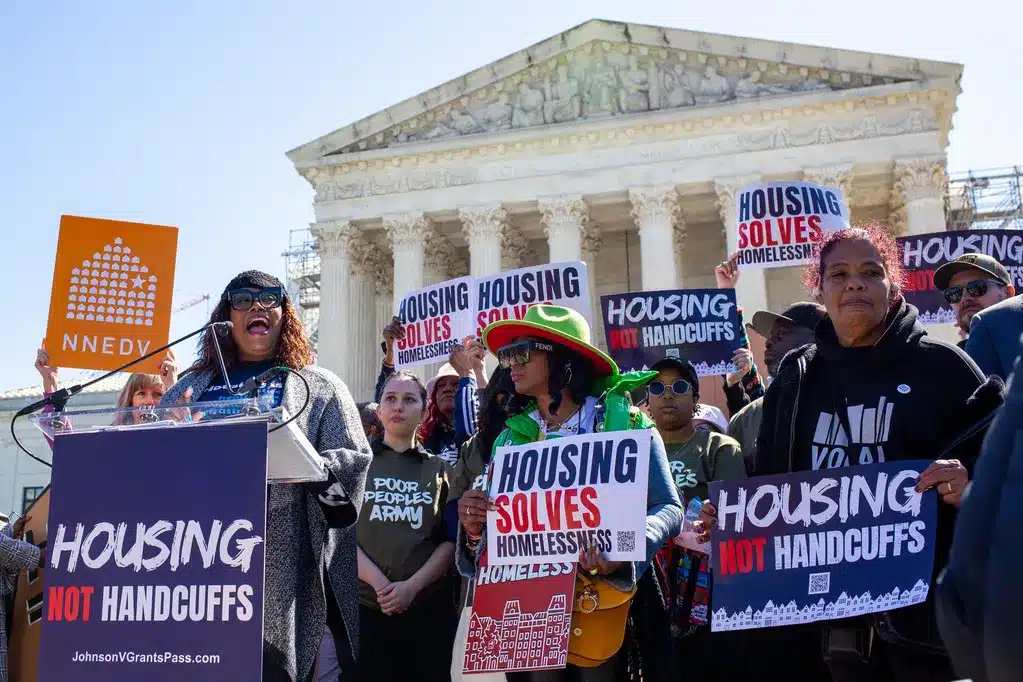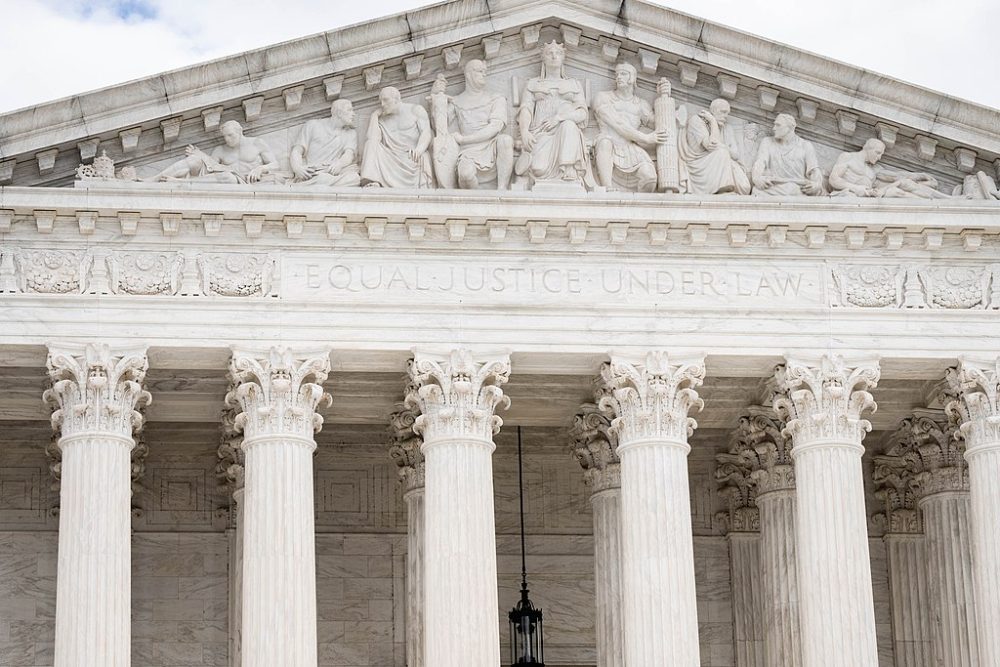The major political party platforms take different approaches to federal housing assistance and related topics. The Republican and Democratic platforms adopted at the parties’ conventions in July are couched in strikingly different ways, consistent with the conventions’ tones. For example, while the Republican paper states, “We must scale back the federal role in the housing market, promote responsibility on the part of borrowers and lenders, and avoid future taxpayer bailouts,” the Democratic one asserts, “We will substantially increase funding for the National Housing Trust Fund to construct, preserve, and rehabilitate millions of affordable housing rental units . . . [to] help address the affordable housing crisis . . . [and] create millions of good-paying jobs in the process.”
There are some similarities. Both platforms support homeownership and an end to homelessness among veterans. Both favor expansion of broadband service in rural areas and both recognize tribal sovereignty. Most of their policy proposals, however, are dramatically different.
The Republican platform emphasizes the need to avoid another housing crisis. “Reforms should provide clear and prudent underwriting standards and guidelines on predatory lending and acceptable lending practices. . . . We call for a comprehensive review of federal regulations, especially those dealing with the environment, that make it harder and more costly for Americans to rent, buy, or sell homes.” It criticizes Fannie Mae, Freddie Mac, the Dodd-Frank Act, and the Consumer Financial Protection Bureau (CFPB), as well as “lending quotas to specific groups” and the Affirmatively Furthering Fair Housing regulation.
In contrast, the Democratic platform cites the CFPB, as well as fair housing law and regulations, as factors contributing to the strong housing market it hopes to foster. It also supports existing federal housing programs that address both homeownership and affordable rental housing, committing to expand them and increase their funding. It specifically mentions additional monies for the National Housing Trust Fund and the Community Development Block Grant, and supports HUD’s Neighborhood Stabilization Program.
The Republican platform addresses veteran homelessness, but does not mention other people who experience homelessness. To resolve the issue for veterans, it pledges better health care, including mental health care, and discusses the importance of employment. The Democratic platform calls for “robust [federal] funding” to end homelessness generally, then mentions families and veterans specifically.
Rural housing is not mentioned separately in either platform. The rural economy is in both, with different emphases. “Agricultural production and exports are central to the Republican agenda for jobs, growth, expanded trade, and prosperity.”
The Democratic platform backs “a stronger rural and agricultural economy,” including non-agricultural businesses. It also explicitly acknowledges farmworkers, calling for “stronger agricultural worker protections including regulation of work hours, elimination of child labor, ensuring adequate housing for migrant workers, and sanitary facilities in the field.”
Native Americans are addressed in both platforms, with the same kind of differences as with other subjects. The Republican document promises to reduce federal regulations relating to Indian Country, while the Democratic platform commits to “strengthen the operation of tribal housing programs and reauthorize the Indian Housing Block Grant Program. We will increase affordable and safe housing and fight to significantly reduce homelessness on and off Indian reservations, especially among Native youth and veterans.”
Both documents also address poverty. The Republican platform describes current safety net programs as “the false compassion of the status quo” and proposes to replace them with “the dynamic compassion of work requirements in a growing economy.” It calls for the “removal of structural impediments which progressives throw in the path of poor people: Over regulation of start-up enterprises, excessive licensing requirements, [and] needless restrictions on formation of schools and daycare centers serving neighborhood families.” It urges “greater state and local responsibility for, and control over, public assistance programs.”
The Democratic platform “reaffirm[s] our commitment to eliminate poverty.” It pledges to focus on persistent poverty communities by, for example, using “the 10-20-30 model, which directs 10 percent of program funds to communities where at least 20 percent of the population has been living below the poverty line for 30 years or more.” It supports existing programs such as the Earned Income Tax Credit and the New Markets Tax Credit. It also acknowledges the “racial wealth gap” and says federal policy must help eliminate it.
Both platforms are more aspirational than practical, at least with respect to rural housing and poverty. Even when one party controls the presidency and both houses of Congress, it cannot change the status quo quickly. In any case, this election is not expected to give either party that degree of control. So it is equally unlikely that federal regulations will be swept away or that current federal housing programs will receive dramatically more funding.
(Photo by Flickr user DonkeyHotey, CC BY 2.0)
_____________________________
For more on the 2016 Election, click here.






Comments